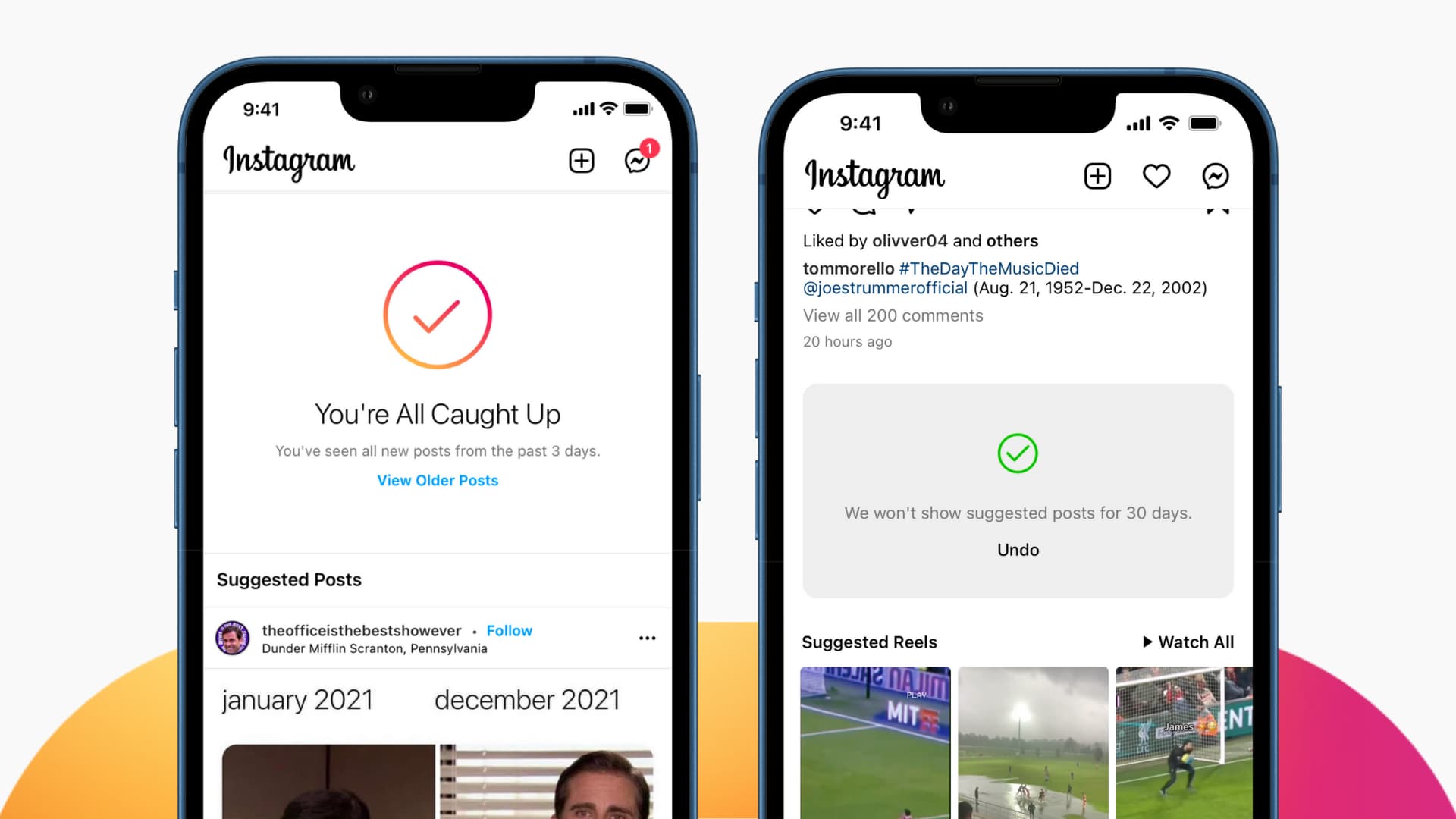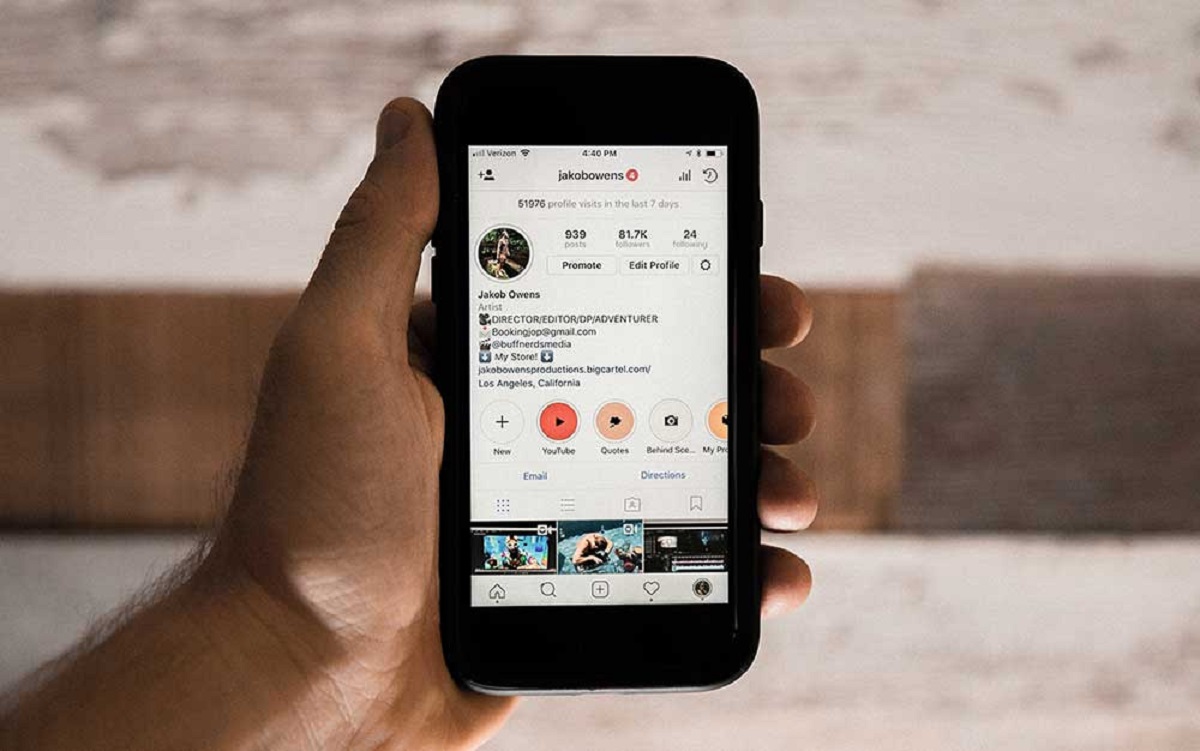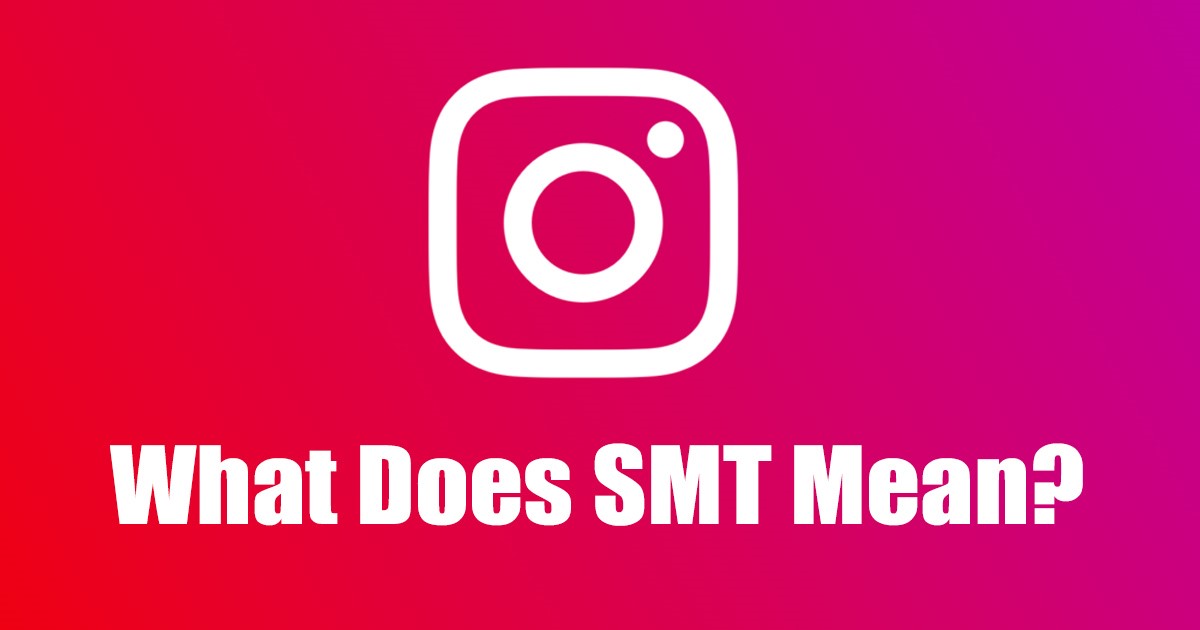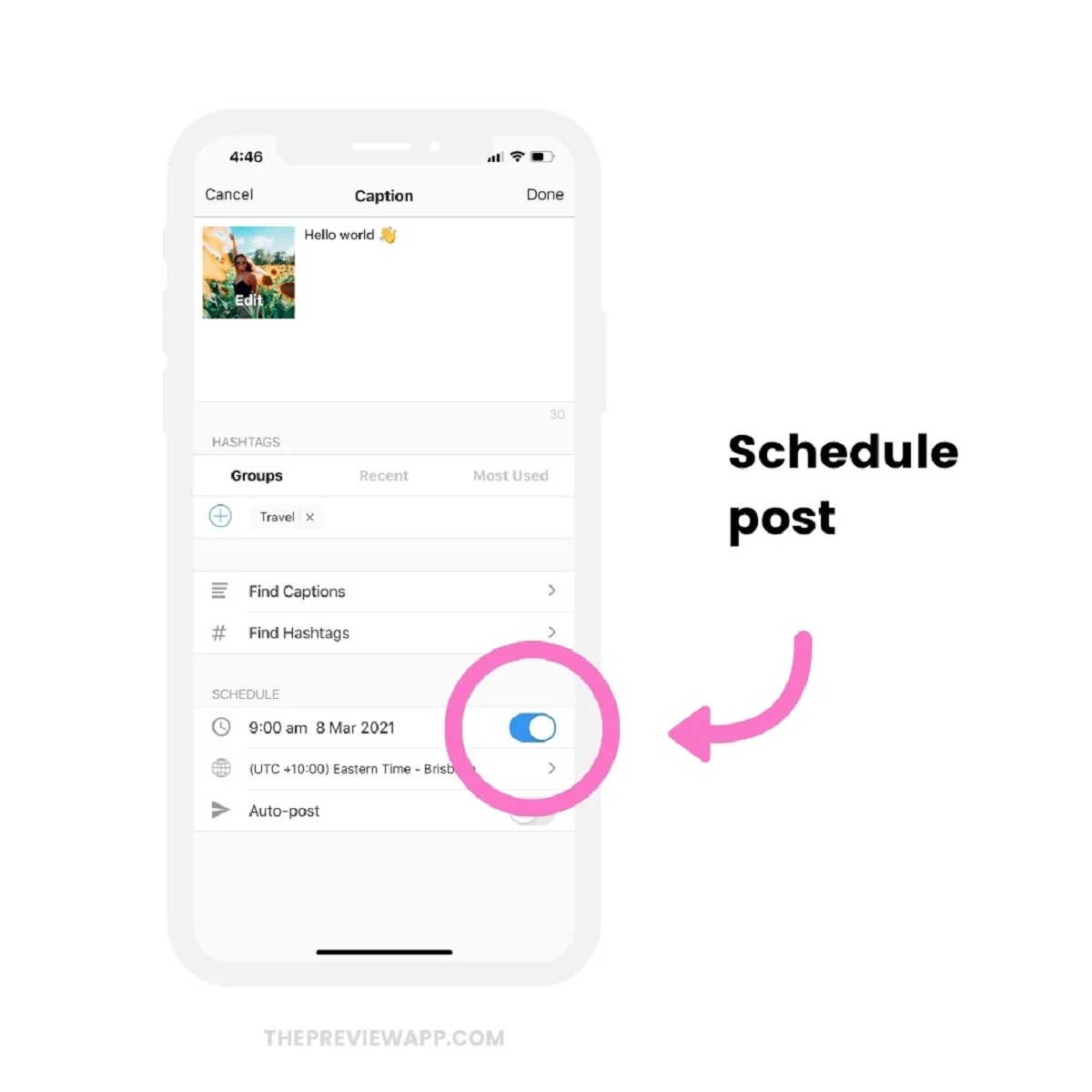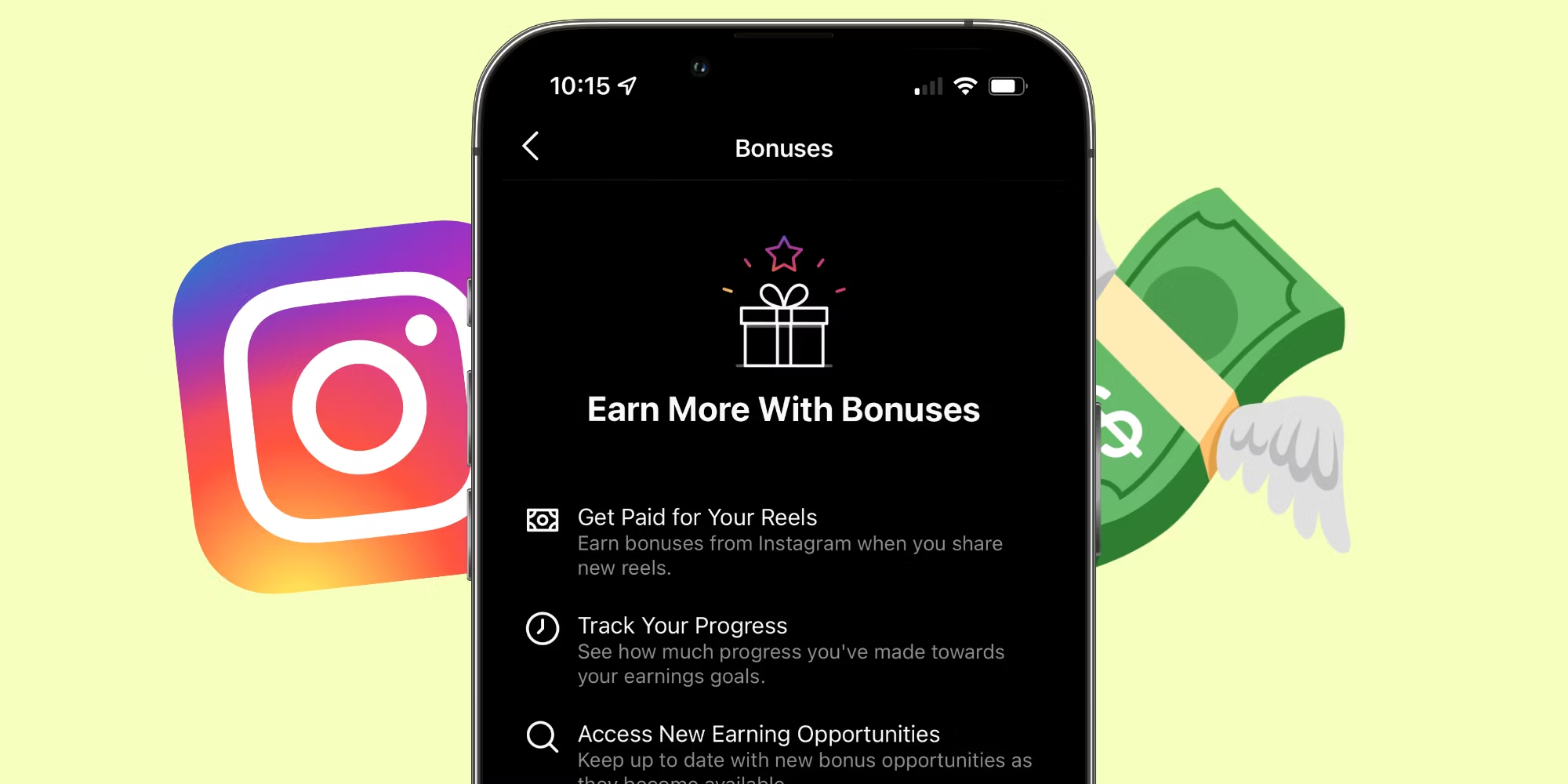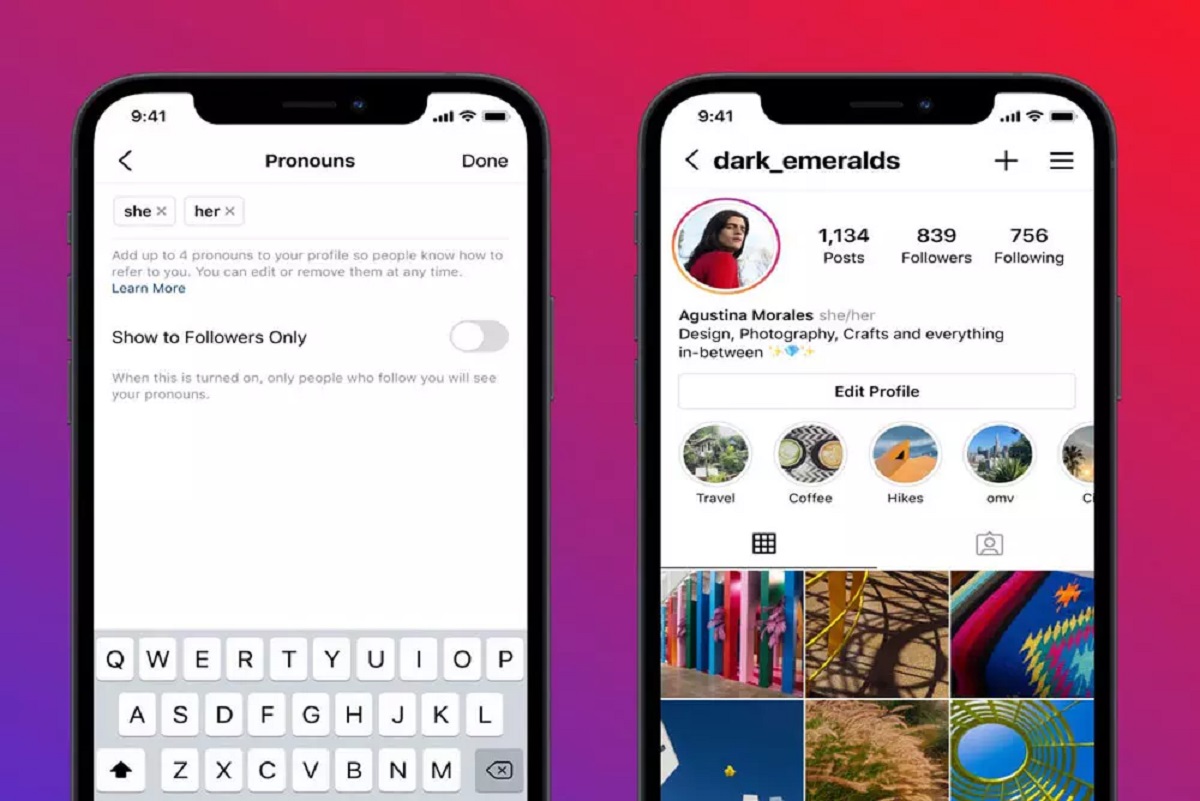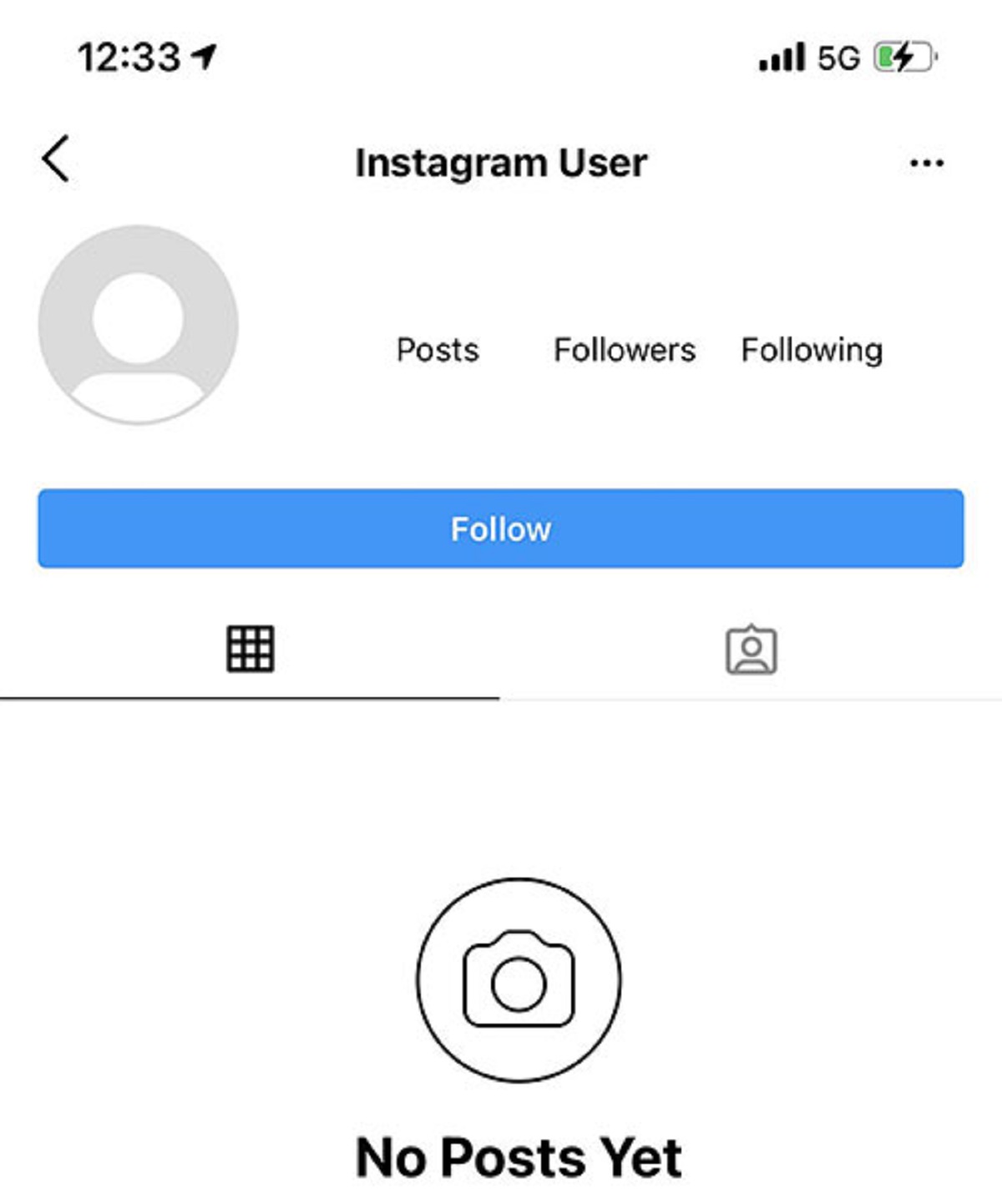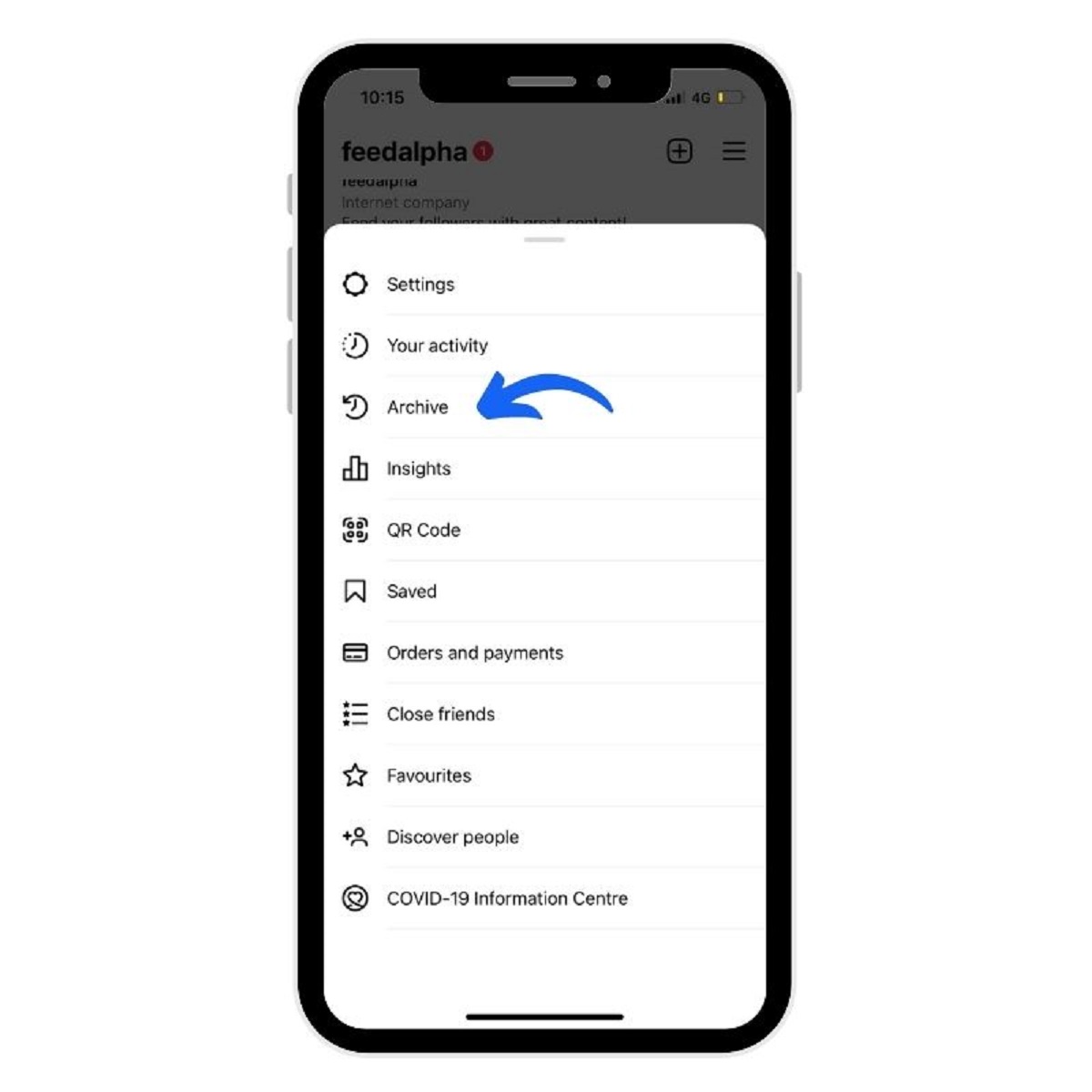Introduction
Welcome to the world of Instagram, where visual content reigns supreme and connectivity knows no bounds. As one of the most popular social media platforms with over one billion active users, Instagram has become a vital tool for individuals and businesses alike.
But with such a vast array of content flooding Instagram feeds, how can you ensure that your posts get noticed? One crucial factor to consider is the frequency of your posts. How often should you be sharing new content to maximize engagement and reach?
In this article, we will delve into the topic of posting frequency on Instagram and provide you with insights and best practices to help you make informed decisions. We will explore the various factors to consider, gain an understanding of the Instagram algorithm, and discuss how you can find your optimal posting frequency.
Whether you’re a budding influencer, a small business owner, or an established brand, understanding the importance of posting frequency on Instagram can help you build a strong online presence, grow your following, and drive meaningful engagement with your target audience.
So, if you’re ready to take your Instagram strategy to the next level, let’s dive in and explore the world of posting frequency on this dynamic social media platform.
Factors to Consider
When determining the ideal posting frequency for your Instagram account, it’s essential to take several factors into consideration. These factors will help you understand your audience, the nature of your content, and the goals you want to achieve on the platform.
1. Audience Engagement: Understanding your audience’s behavior and preferences is crucial in determining how often you should be posting on Instagram. Take into account the demographics, time zones, and online habits of your target audience. Pay attention to when your followers are most active and engaged, as this will guide you in planning your posting schedule.
2. Type of Content: The nature of your content will also influence your posting frequency. If you’re creating highly visual and attention-grabbing content, such as stunning photographs or captivating videos, you may want to post more frequently to keep your audience engaged. On the other hand, if your content requires more time and effort to create, such as in-depth tutorials or thought-provoking captions, a lower posting frequency may be more appropriate.
3. Quality vs. Quantity: While it’s important to remain consistent in posting on Instagram, never compromise on the quality of your content. Posting high-quality and valuable content will generate more positive engagement and keep your followers coming back for more. It’s better to focus on creating a few excellent posts rather than flooding your feed with mediocre content.
4. Platform Algorithm: The Instagram algorithm plays a significant role in determining the visibility of your posts. While the exact workings of the algorithm are not disclosed, it is believed that consistent activity and engagement on your account can positively impact your reach. Therefore, maintaining a regular posting schedule can help boost your visibility and increase the chances of appearing in your followers’ feeds.
5. Time Commitment: Consider the time and resources you have available to dedicate to your Instagram strategy. Posting frequently requires consistent effort, from content creation to engagement with your audience. Ensure that you can sustain your desired posting frequency consistently without compromising on the quality and value you deliver.
By taking these factors into account, you’ll be able to identify the optimal posting frequency that aligns with your audience’s expectations and your content creation capabilities. Remember, it’s not just about the quantity of posts, but also about delivering value and maintaining a strong connection with your followers.
Understanding the Instagram Algorithm
As Instagram continues to evolve, so does its algorithm. Understanding how the algorithm works can help you make informed decisions about your posting frequency and increase your chances of reaching and engaging with your target audience.
The Instagram algorithm determines the order in which posts appear on users’ feeds based on various factors. While the exact algorithm is not publicly disclosed, here are some key factors that influence its operation:
1. Interest: Instagram tries to gauge each user’s interests by analyzing their past behavior, including the accounts they follow, the content they engage with, and the hashtags they interact with. The algorithm then prioritizes posts that align with a user’s interests, showing them higher in their feed.
2. Recency: Instagram takes into account the freshness of posts, giving priority to more recent content. This means that regularly posting new content can increase your chances of appearing at the top of your followers’ feeds.
3. Engagement: The level of engagement a post receives, such as likes, comments, and shares, plays a significant role in determining its visibility. Posts with high engagement are seen as more valuable and are more likely to be shown to a broader audience.
4. Relationship: Instagram aims to prioritize content from accounts with which users have a closer relationship. This includes accounts that users frequently engage with through likes, comments, direct messages, and profile views. Building meaningful connections with your followers can, therefore, boost your visibility on the platform.
It’s important to note that the Instagram algorithm is designed to deliver a personalized experience for each user. This means that the content shown on a user’s feed may differ from that of another user, even if they follow the same accounts.
By understanding how the algorithm works, you can tailor your posting frequency to maximize engagement and visibility. Regularly posting high-quality content that generates meaningful interactions from your audience can help improve your reach and increase the likelihood of your posts being shown on your followers’ feeds.
Best Practices for Posting Frequency
Now that you understand the importance of posting frequency and have a grasp of the Instagram algorithm, let’s delve into some best practices to guide you in determining your posting frequency on the platform.
1. Consistency is Key: Establishing a consistent posting schedule is crucial for building an engaged audience on Instagram. Whether you choose to post daily, a few times a week, or even once a week, stick to a schedule that you can maintain consistently. This helps create a sense of expectation among your followers and keeps them coming back for more.
2. Quality over Quantity: Rather than focusing solely on quantity, prioritize the quality of your posts. Take the time to create compelling and visually appealing content that captures the attention of your audience. Remember, it’s always better to have a few outstanding posts than a high volume of mediocre ones.
3. Experiment and Analyze: Every Instagram account is unique, so it’s important to experiment and analyze the impact of different posting frequencies on your engagement. Try varying your posting frequency over a defined period, track the results, and analyze the impact on your reach, engagement, and follower growth. This data-driven approach will help you determine the sweet spot for your account.
4. Consider Audience Preferences: Keep your target audience in mind when deciding on your posting frequency. Analyze when they are most active on the platform and adjust your posting schedule accordingly. Understanding your audience’s habits and preferences will help you optimize your content delivery for maximum engagement.
5. Engage with Your Audience: Posting great content is just one aspect of a successful Instagram strategy. Actively engage with your audience by responding to comments, liking their posts, and sending direct messages. Building genuine connections will not only increase engagement but also enhance your overall presence on the platform.
Remember, these best practices are guidelines, and what works for one account may not work for another. Regularly assess and adapt your posting frequency based on your audience’s response and your own capacity to deliver high-quality content consistently.
By implementing these best practices, you can establish a posting frequency that resonates with your audience, boosts engagement, and helps you achieve your goals on Instagram.
Finding Your Posting Frequency Sweet Spot
Discovering the perfect posting frequency for your Instagram account is a process of trial and observation. It requires a careful balance between consistent activity and producing high-quality content. Here are some tips to help you find your posting frequency sweet spot:
1. Start with a Baseline: Begin by establishing a baseline posting frequency, such as three times a week. This provides a starting point for your observation and measurement.
2. Measure Engagement and Reach: Pay close attention to your engagement metrics, such as likes, comments, and shares, as well as your reach and follower growth. Analyze the impact of your current posting frequency on these metrics to assess its effectiveness.
3. Experiment with Frequency: Once you have your baseline, gradually adjust your posting frequency. Experiment with posting more or fewer times per week and closely monitor the changes in your engagement and reach. This will help you understand how your audience responds to different posting frequencies.
4. Consider the Quality-Quantity Balance: As you experiment, remember to maintain a balance between quality and quantity. Avoid sacrificing the quality of your posts in favor of higher frequency. Strive to deliver meaningful content that resonates with your audience.
5. Listen to Audience Feedback: Engage with your followers and pay attention to their feedback. Are they responding positively to your current posting frequency? Do they express a desire for more or fewer posts? Incorporate their feedback into your decision-making process.
6. Analyze and Refine: Regularly assess your engagement metrics and make adjustments accordingly. Analyze how changes in posting frequency impact your reach, engagement, and follower growth. Use data-driven insights to refine your strategy and find the sweet spot that works best for your account.
Remember that finding your ideal posting frequency is not a one-time task. As your account grows, your audience may evolve, and your posting frequency may need to be adjusted. Stay adaptable and continue to assess and refine your strategy based on the latest insights.
By consistently measuring, experimenting, and listening to your audience, you’ll be able to discover the posting frequency sweet spot that allows you to effectively engage with your followers, maximize your reach, and achieve your Instagram goals.
Tools to Help You Schedule and Manage Posts
Managing your Instagram posting schedule can be made easier with the help of various tools designed to streamline the process. These tools offer features to schedule and automate your posts, ensuring a consistent presence on the platform. Here are some popular tools to consider:
1. Hootsuite: Hootsuite is a popular social media management platform that allows you to schedule and publish posts on Instagram, as well as other social media platforms, all from one dashboard. It provides features for planning your content calendar, engaging with your audience, and analyzing your performance.
2. Buffer: Buffer offers an intuitive interface for scheduling posts on Instagram. It provides the ability to plan and queue up your content in advance, making it easy to maintain a regular posting schedule. Buffer also offers analytics to track your posts’ performance and engagement.
3. Later: Later is a visual content marketing platform specifically designed for Instagram. It enables you to schedule and preview your posts, ensuring a consistent visual aesthetic for your feed. Later also offers features like hashtag suggestions, audience analytics, and the ability to plan and schedule Instagram Stories.
4. Sprout Social: Sprout Social is a comprehensive social media management tool that allows you to schedule, publish, and analyze your Instagram posts. With its advanced scheduling features, you can plan your content calendar well in advance and optimize your posting times for maximum engagement. Sprout Social also provides in-depth analytics to track your performance and measure the success of your Instagram strategy.
5. Planoly: Planoly is an Instagram planning and scheduling tool specifically designed for maintaining a visually cohesive feed. It offers features such as drag-and-drop grid planning, content captioning, and post scheduling. Additionally, Planoly provides analytics to understand your audience and track your Instagram growth.
These are just a few examples of the many tools available to help you schedule and manage your Instagram posts efficiently. Each tool offers different features and pricing plans, so it’s important to explore and find the one that best suits your needs and budget.
By utilizing these tools, you can save time, maintain a consistent posting schedule, and optimize your Instagram strategy for better engagement and growth.
Analyzing and Adjusting your Posting Strategy
An effective Instagram posting strategy requires continuous analysis and adjustment to ensure optimal results. By regularly monitoring and evaluating your performance, you can identify areas for improvement and make necessary adjustments. Here are some key steps to help you analyze and refine your posting strategy:
1. Track Key Metrics: Keep a close eye on key metrics such as likes, comments, shares, reach, and follower growth. These metrics provide valuable insights into the performance of your posts and the engagement of your audience.
2. Analyze Engagement Patterns: Identify any patterns in your engagement metrics. For example, do certain types of posts consistently receive higher engagement? Are there specific days or times when your audience is more active? Use this data to optimize your posting schedule and content strategy.
3. Experiment with Different Content Formats: Don’t be afraid to experiment with different types of content formats to gauge their impact on engagement. Test out image posts, videos, carousels, Stories, or even IGTV. Analyze how each format performs and adjust your strategy accordingly.
4. Review Audience Insights: Take advantage of Instagram’s built-in audience insights to gain a deeper understanding of your followers. Explore demographic information, location data, and interests to tailor your content and posting strategy to better resonate with your target audience.
5. Monitor and Respond to Comments: Actively engage with your audience by responding to comments and messages. Pay attention to the sentiment and feedback you receive and make adjustments to your posting strategy based on this feedback. Engaging with your audience strengthens relationships and boosts loyalty.
6. Utilize A/B Testing: Consider implementing A/B testing to compare the performance of different posting strategies. Create two variations of a post, such as different captions or hashtags, and analyze which one generates better results. This data-driven approach helps you refine your strategy over time.
7. Stay Updated on Industry Trends: Keep an eye on industry trends and stay informed about changes in the Instagram algorithm and user behavior. This will help you adapt your posting strategy to align with the current landscape and take advantage of emerging opportunities.
By consistently analyzing your performance metrics and making data-driven adjustments, you can fine-tune your Instagram posting strategy for maximum engagement and growth. Remember, what works today may not work tomorrow, so the key is to continually adapt and evolve your strategy to meet the changing needs and preferences of your audience.
Final Thoughts
As you navigate the world of Instagram and strive to maximize your presence and engagement on the platform, finding the right posting frequency is an essential aspect of your strategy. While there isn’t a one-size-fits-all answer, understanding the factors that influence posting frequency and utilizing best practices can help you make informed decisions.
Remember that consistency and quality are vital. Establishing a regular posting schedule is crucial for keeping your audience engaged and showing up in their feeds. However, maintaining the quality of your content should never be compromised. Focus on delivering valuable and visually appealing posts that captivate your audience’s attention.
Don’t be afraid to experiment and analyze the results. Your posting frequency sweet spot may take time to discover, but by measuring engagement metrics, listening to your audience, and adapting your strategy accordingly, you can find the right balance that works for your account.
Utilize the available tools and resources to streamline and enhance your posting schedule. Social media management platforms can simplify the process, allowing you to plan, schedule, and analyze your posts efficiently.
Lastly, always stay attuned to your audience and track their preferences and behaviors. Instagram is constantly evolving, and trends may change. Keep an eye on industry updates, listen to your followers’ feedback, and adjust your strategy as needed.
By implementing these strategies, analyzing your performance, and making informed adjustments, you can optimize your Instagram posting frequency, increase engagement, and build a strong and loyal following on the platform.
So, embrace the journey, be adaptable, and continue to refine your Instagram posting strategy to achieve your goals and make your mark in the dynamic and interconnected world of Instagram.









